Three’s A Crowd Drawer – Yamaha Tricity
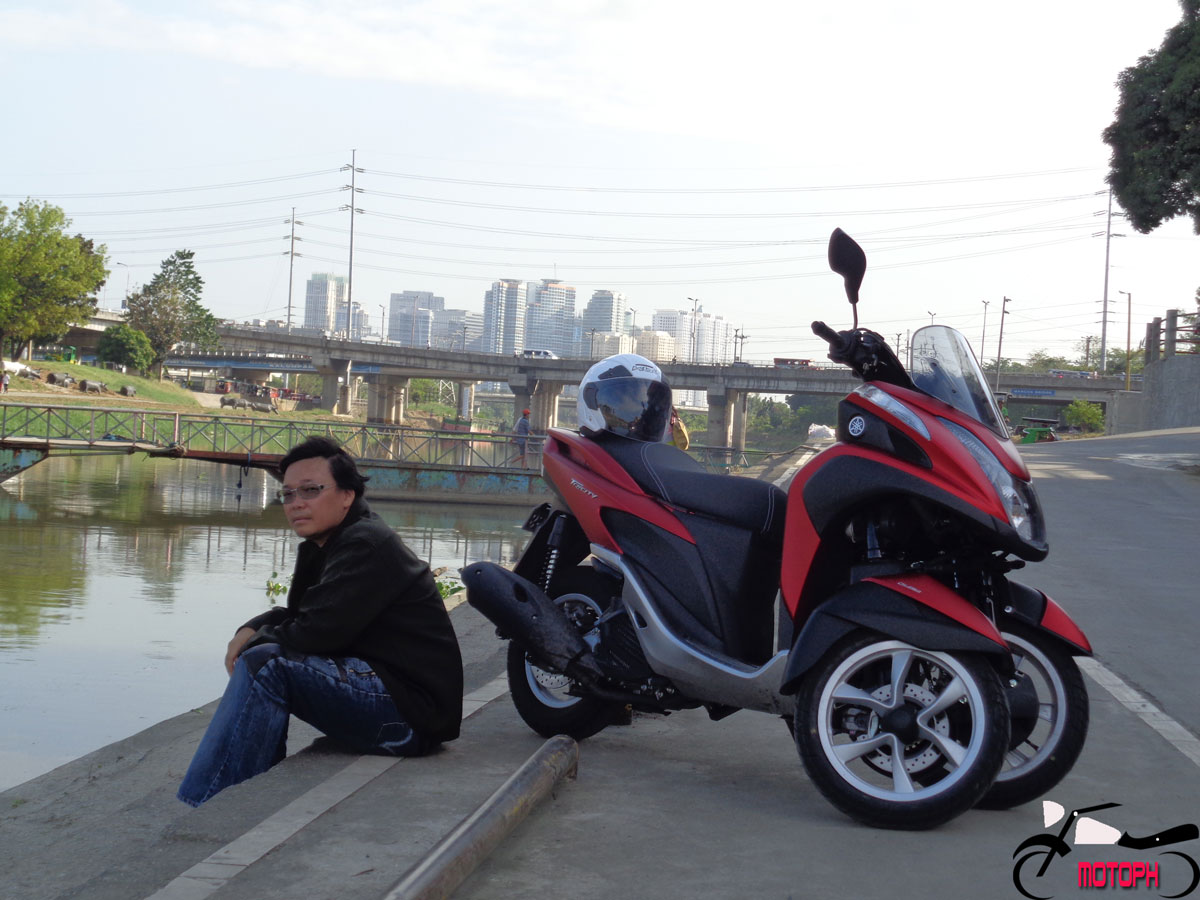
Let me save you a trip to your eye doctor; yes, this new offering from the Yamaha stable has three wheels…a pair of 90/80-14 in the front and a 110/90-12 in the rear. How does it handle? Well, it handles like a conventional two-wheeler. You can lean the Yamaha Tricity into corners just like any other scooter, except that you’ll attract more attention while doing it.
The parallelogram link between the two front wheels enables the rider to tilt the bike while keeping all wheels planted on the ground. In fact, this system was designed to offer more stability through the additional traction of the extra front tire and the independent functioning of the cantilevered telescopic shocks on each front wheel. The entire set up is able to achieve more than 90 mm of travel on each side. So not only do you get a sure-footed ride but a comfortable one as well.
Initially, however, this city commuter felt a bit front-heavy but i later learned that it is not so. You see, most of us are accustomed to riding scooters with heavier back end since the transmission, the engine and the fuel tank are usually situated towards the rear. In the Tricity’s case, there is a 50/50 weight distribution on both ends for optimum maneuverability.
The Tricity is propelled by a 124.8 cc liquid-cooled, YMJET-FI four-stroke engine which churns out 8.1 kW @ 9000 rpm and 10.4 Nm @ 5500 rpm. Despite its heft, the Tricity was nimble enough in urban roads and keeping ahead of traffic was a breeze. It did struggle a bit, though, on my ascent to Antipolo. One must give consideration to its 152-kilogram wet weight (with oil and fuel) and the 190-pound (plus VAT) rider. Acceleration is smooth and linear but not particularly quick. Hence, overtaking slow moving vehicles must be timed perfectly.
The Tricity may not be designed to win drag races but it would surely win you over some new friends with its elegant charm. You’ll find no hokey stickers on its panels and the one I’ve tested even comes in a matte red finish. People would gather around anywhere I parked. Parking attendants would direct me to a nicer spot just so they could get a good look at it while I went about my business. Once, I was even allowed to park in a spacious car slot, not that it won’t fit in a typical motorcycle lot because it would. I suppose what I am saying is that riders who will have a Tricity in their garages are those who would like to enjoy some degree of exclusivity, and that’s exactly what they’ll get…with the reliability and after-sales support of an established Japanese brand to boot.
Yet, if you ever find yourself in a lot filled with hundreds of commuter bikes, just press the tiny button integrated in the ignition key and the Tricity will give an audible “beep” to announce its location. To further justify its P 146,000 price tag, however, Yamaha added more cool features into this scooter aside from the third wheel and the “find me” function. The Tricity is equipped with LED running lights to make you more visible to oncoming traffic and the side stand engine kill-switch helps prevent “YouTube-worthy” accidents. All three wheels are fitted with hydraulic disc brakes, in which all can be activated even with just the left brake lever.
I am a big fan of under seat compartments and the Tricity has one with a 20-liter capacity, able to store a conventional full face helmet. If that’s not enough, you can carry additional cargo on the flat floorboard and secure them with the folding luggage hook. What also tickled my fancy was the digital instrument panel which has a speedometer, a fuel gauge, an odometer and two trip meters. It will even tell you the time and the ambient temperature.
To know more about the Yamaha Tricity, visit www.yamaha-motor.com.ph



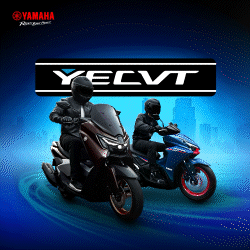
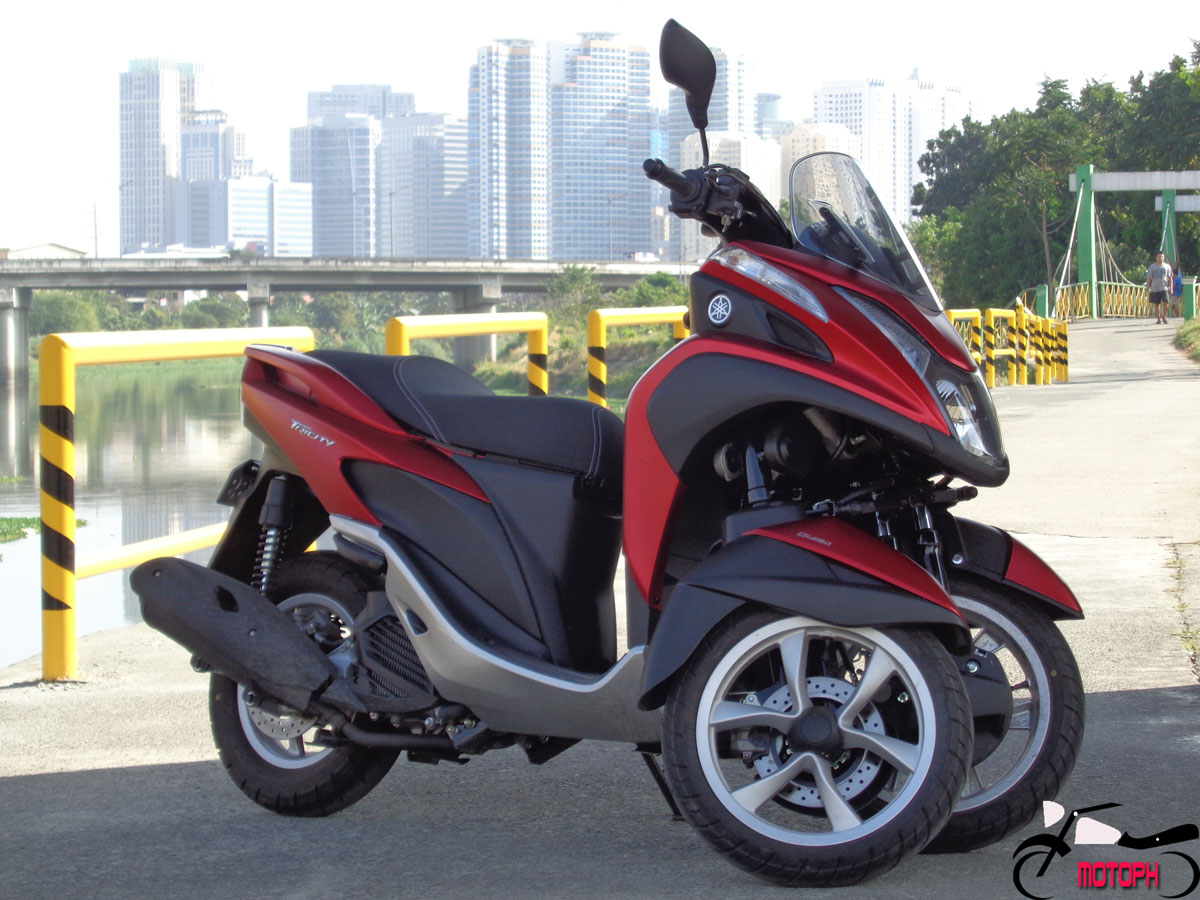




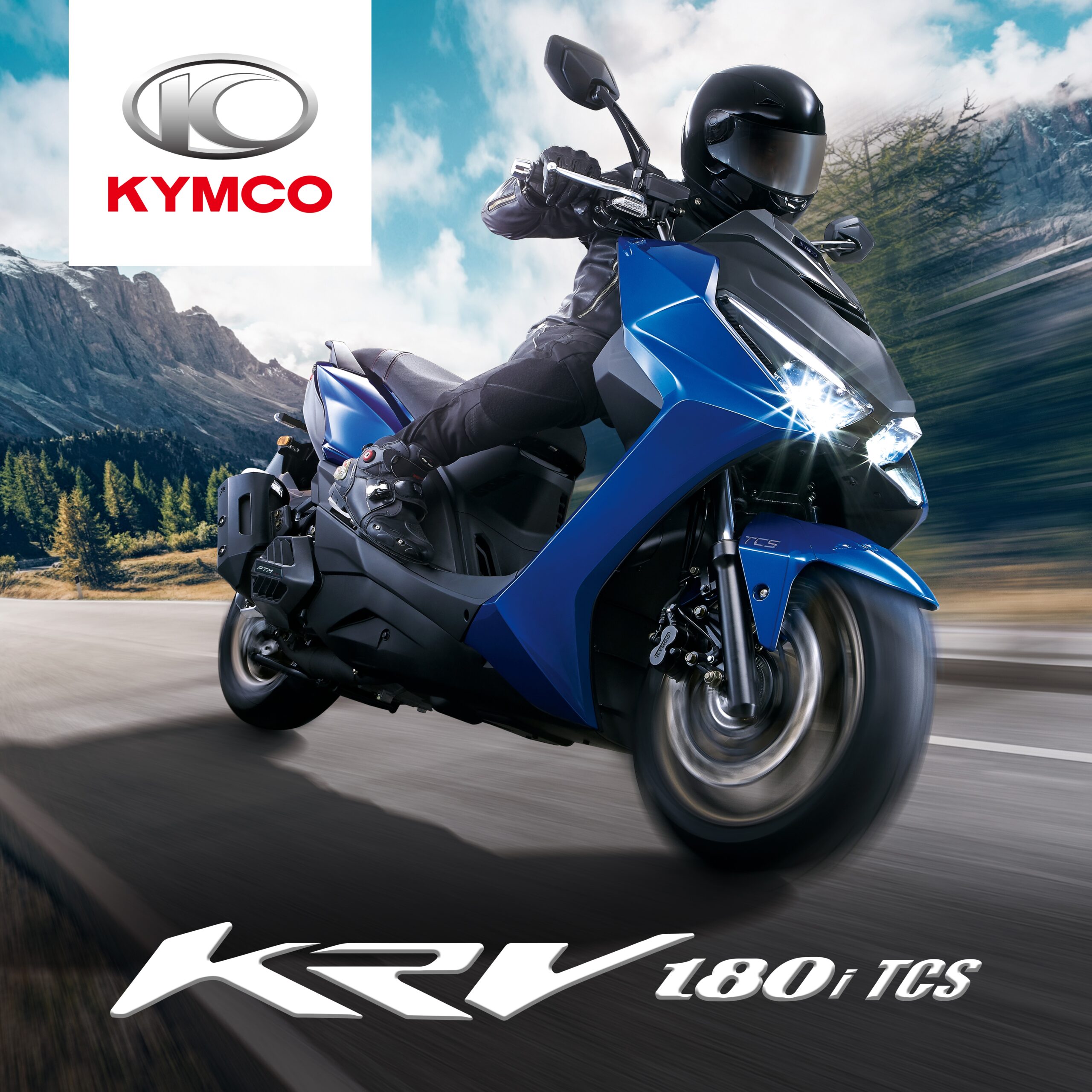
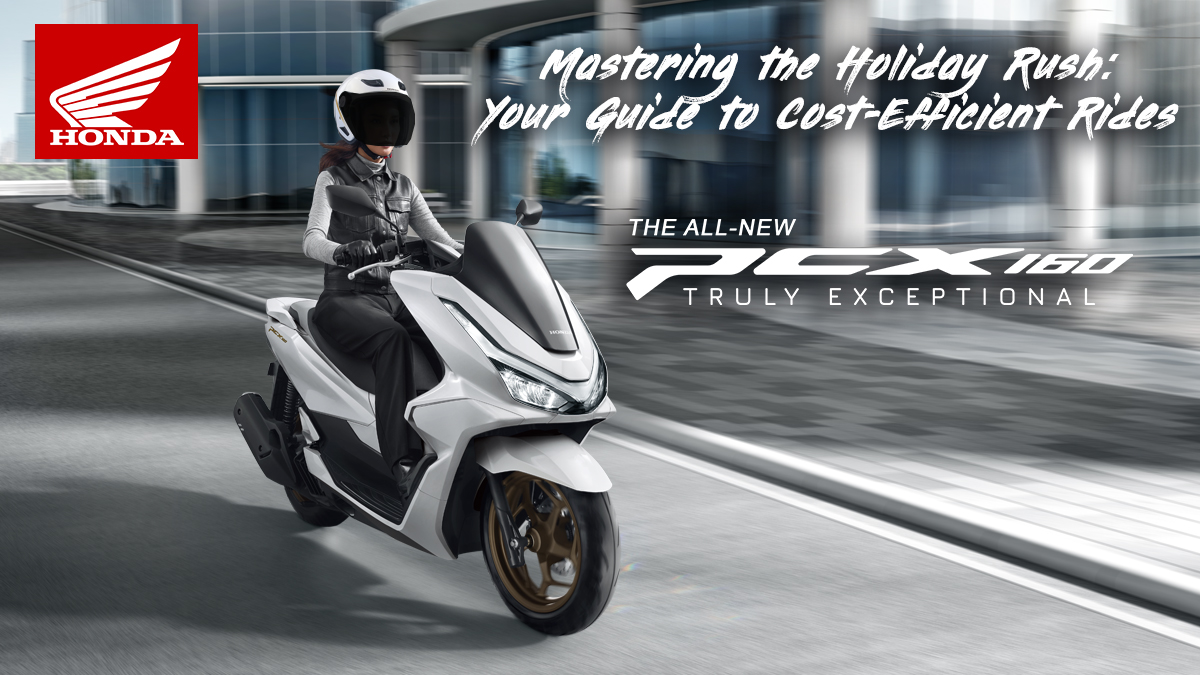











0 comments